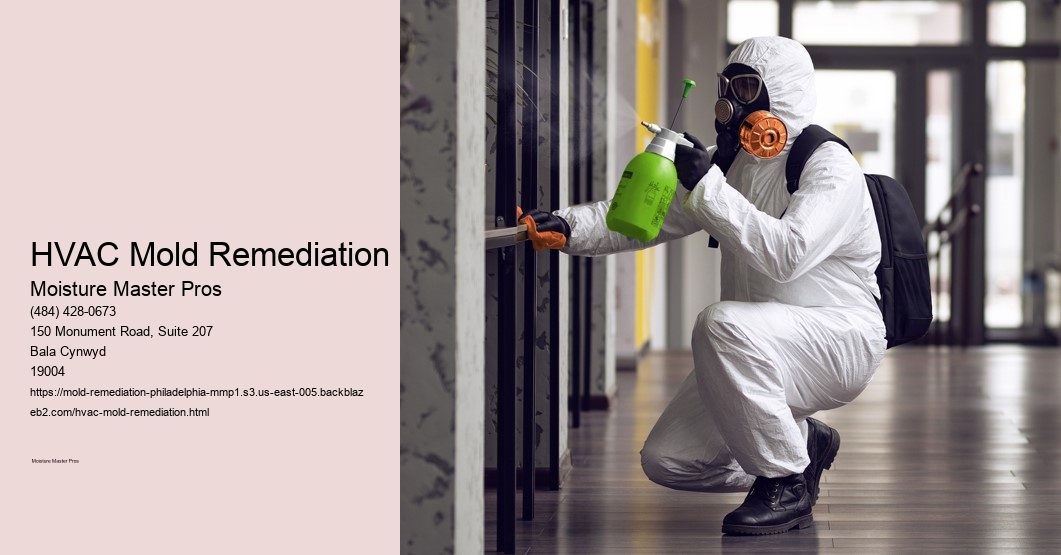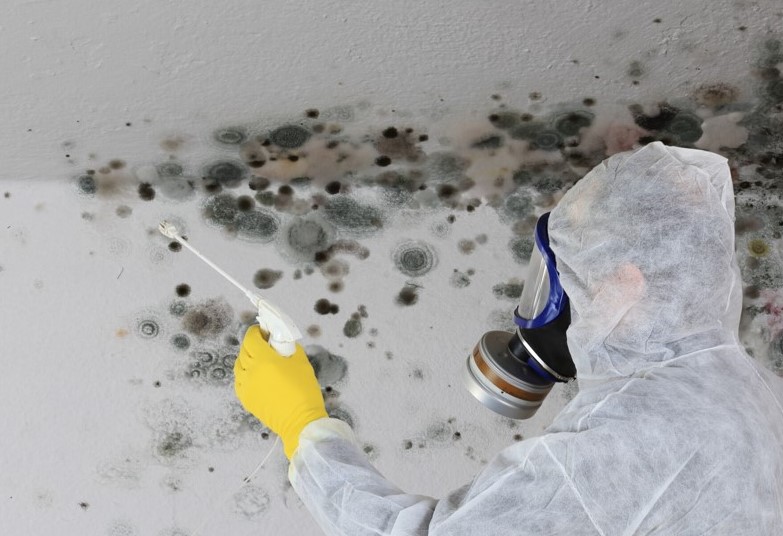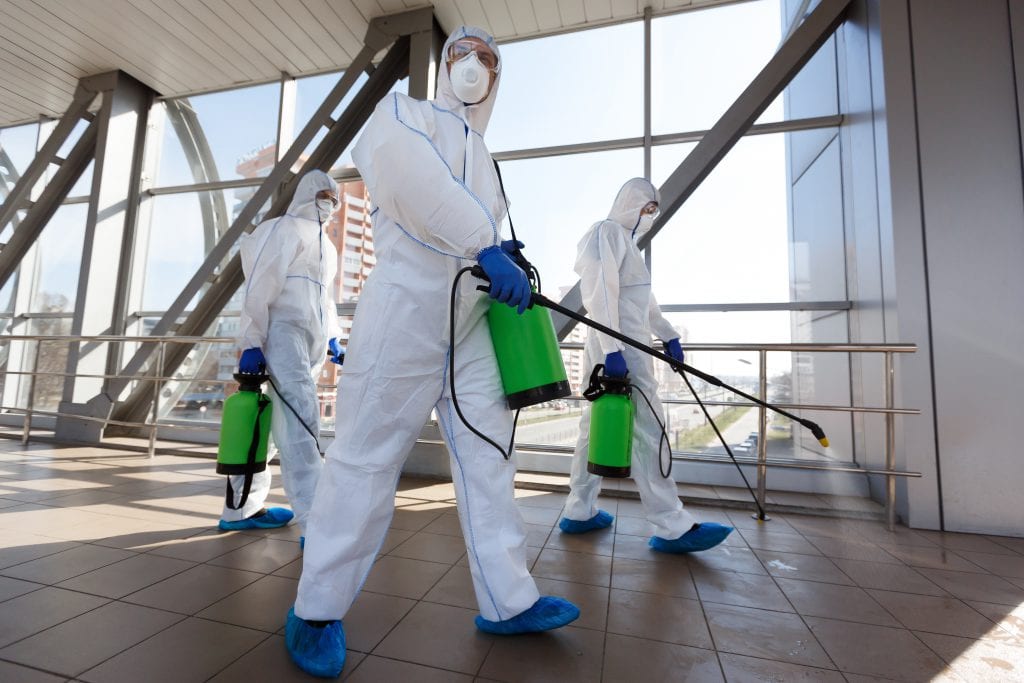

Musty or earthy smell: Mold often produces a distinctive smell that can indicate its presence.
Physical symptoms
Allergy-like reactions: Sneezing, coughing, or eye irritation may occur, especially in sensitive individuals.
Common Mold Hotspots
Bathrooms
Shower corners and grout lines
Under sinks and around faucets
Kitchens
Around refrigerator drip pans
Near dishwashers and sinks
Basements and attics
Leaky pipes and moisture buildup
Conducting a Visual Inspection
Steps to visually inspect for mold
Using a flashlight: Check dark areas and corners.
Checking behind furniture: Mold can hide behind and under furniture and appliances.
Identifying hidden mold
Air vents and ducts: Mold can spread through HVAC systems.
Using Moisture Meters and Hygrometers
Importance of moisture detection
Read about the best HVAC Mold Remediation. Restoration industry standardsUnderstanding moisture levels is key to mold prevention and detection.
How to use moisture meters
Tools that measure moisture content in various materials.
Understanding humidity levels with hygrometers
Devices that measure humidity levels in the air.
DIY Mold Testing Kits
Overview of mold testing kits
Types available: From basic to comprehensive kits.
Step-by-step use of DIY kits
Instructions for conducting tests and interpreting results.
Interpreting test results
Understanding what test results mean for mold presence in your home.
Hiring Professional Mold Inspectors
When to consider professional inspection
Signs that indicate the need for a professional assessment.
Qualifications to look for in a mold inspector
Important credentials and experience to consider.
What to expect during a professional inspection
Process and methods used by professionals to detect and assess mold.
Health Risks and Safety Precautions
Health risks associated with mold exposure
Potential health effects of prolonged mold exposure.
Safety precautions when dealing with mold
Protective measures to take when handling or cleaning mold-infested areas.
Using personal protective equipment
Recommended gear for handling mold safely.
Preventing Mold Growth
Tips for preventing mold growth
Effective strategies to minimize moisture and prevent mold.
Importance of moisture control
Keeping humidity levels low to discourage mold growth.
Proper ventilation and air circulation
Enhancing airflow to prevent stagnant, humid conditions.
Cleaning Up Small Mold Infestations
Steps to clean small mold patches
Safe methods for removing mold from surfaces.
DIY mold removal techniques
Natural and effective ways to clean mold using household items.
Cleaning products and natural remedies
Options for mold removal products that are safe and effective.
Addressing Large-Scale Mold Problems
Signs of extensive mold infestation
Indicators that mold may have spread extensively.
When to seek professional mold remediation
Conditions that warrant professional intervention.
Overview of mold remediation process
Steps involved in professional mold removal and remediation.
Understanding Mold Remediation Costs
Factors influencing mold remediation costs
Variables that affect the expense of mold removal services.
Cost-effective strategies for mold removal
Tips for managing mold removal costs efficiently.
Insurance coverage for mold damage
Insights into insurance policies and mold damage coverage.
Legal and Insurance Considerations
Insurance implications of mold damage
How insurance providers handle mold-related claims.
Legal rights and responsibilities
Homeowner responsibilities and legal recourse for mold issues.
Filing insurance claims for mold damage
Steps to take when filing a claim for mold-related damages.
Monitoring and Maintenance
Importance of regular monitoring
Why ongoing vigilance is necessary to prevent mold recurrence.
Schedule for mold prevention maintenance
Routine tasks to incorporate into home maintenance schedules.
Updating home maintenance practices
Adapting habits to reduce moisture and mold risks.
Conclusion
Summarizing the importance of proactive mold identification and prevention measures to maintain a healthy living environment.
Mold Remediation for Commercial Properties in Philadelphia
Mold, a pervasive issue in commercial properties across Philadelphia, poses significant health risks and structural concerns. Allergen control Understanding the process of mold remediation is crucial for property owners and managers to maintain a safe and healthy environment for occupants. This comprehensive guide explores the causes of mold, the remediation process, regulatory considerations, and proactive measures to prevent mold recurrence.
Introduction to Mold Remediation
Mold, a type of fungus, thrives in damp and poorly ventilated environments. In commercial properties, mold growth is commonly triggered by water leaks, high humidity levels, and inadequate ventilation systems. Left unchecked, mold can spread rapidly, compromising indoor air quality and causing structural damage.
Common Causes of Mold in Commercial Properties
Poor Ventilation
Inadequate airflow promotes moisture buildup, creating ideal conditions for mold growth in areas such as basements, attics, and poorly ventilated rooms.
Water Leaks and Moisture Buildup
Roof leaks, plumbing issues, and condensation contribute to moisture accumulation, providing a breeding ground for mold spores to flourish.
High Humidity Levels
Philadelphia's humid climate exacerbates mold growth, especially in areas with insufficient dehumidification and ventilation systems.
Health Risks Associated with Mold Exposure
Exposure to mold can lead to various health issues, particularly for individuals with respiratory conditions and allergies. Symptoms may include coughing, sneezing, eye irritation, and skin rashes. Restoration contractors Prolonged exposure may exacerbate asthma and respiratory infections.
Identifying Mold in Commercial Properties
Visual Inspection
Inspecting for visible signs of mold growth, such as discoloration, musty odors, and water stains on walls, ceilings, and carpets.
Signs of Mold Growth
Musty odors and persistent dampness indicate hidden mold growth behind walls, under flooring, and within HVAC systems.
Mold Testing and Assessment
Professional mold testing assesses the extent of mold contamination using air and surface samples, guiding remediation efforts.
Steps in the Mold Remediation Process
Assessment and Planning
Conducting a comprehensive assessment to identify mold-affected areas and develop a remediation plan tailored to the property's needs.
Containment of Affected Areas
Implementing containment measures to prevent mold spores from spreading to unaffected areas using barriers and negative air pressure systems.
Removal of Mold-Infested Materials
Carefully removing and disposing of mold-infested materials, including drywall, insulation, and carpeting, while adhering to safety protocols.


Advanced Techniques in Mold Remediation
HEPA Filtration
Utilizing High-Efficiency Particulate Air (HEPA) filters to capture mold spores and prevent their circulation during remediation.
Negative Air Pressure Containment
Creating negative air pressure environments to contain and exhaust airborne mold spores outside the property, minimizing cross-contamination.
Use of Antimicrobial Treatments
Applying EPA-approved antimicrobial solutions to surfaces and materials to eliminate remaining mold spores and inhibit future growth.
Regulatory Requirements and Compliance
Local Philadelphia Regulations
Adhering to municipal codes and regulations governing mold remediation practices, including disposal of hazardous materials and environmental protection.
OSHA Guidelines for Workplace Safety
Ensuring compliance with Occupational Safety and Health Administration (OSHA) standards to protect workers from exposure to mold and hazardous materials.
Environmental Protection Standards
Following environmental protection guidelines to mitigate the impact of mold remediation on air and water quality in Philadelphia.
Choosing a Professional Mold Remediation Company
Experience and Expertise
Selecting a reputable mold remediation company with extensive experience in commercial properties and a proven track record of successful projects.
Licensing and Certifications
Verifying the company's licensing, certifications, and adherence to industry standards, such as the Institute of Inspection, Cleaning and Restoration Certification (IICRC).
Customer Reviews and Testimonials
Reviewing client testimonials and references to gauge the company's reliability, quality of service, and customer satisfaction.
Cost Considerations for Mold Remediation
Factors Influencing Costs
Determining factors include the extent of mold contamination, property size, accessibility, and the types of materials affected.
Budgeting for Mold Remediation Services
Obtaining detailed cost estimates and budgeting for remediation services, considering potential insurance coverage and financing options.
Preventing Future Mold Issues
Maintenance Tips for Commercial Properties
Implementing routine maintenance practices, such as prompt repairs of water leaks, regular HVAC inspections, and adequate ventilation.
Importance of Regular Inspections
Conducting periodic mold inspections and testing to detect early signs of mold growth and prevent widespread contamination.
Controlling Humidity Levels
Installing dehumidification systems and maintaining indoor humidity levels below 60% to inhibit mold growth and improve indoor air quality.
Case Studies of Successful Mold Remediation Projects
Examples from Philadelphia Commercial Properties
Highlighting case studies of successful mold remediation projects in various commercial settings across Philadelphia.
Challenges Faced and Solutions Implemented
Discussing challenges encountered during remediation processes and effective strategies employed to achieve optimal outcomes.
FAQs About Mold Remediation for Commercial Properties
Common Questions from Property Owners and Managers
Addressing frequently asked questions regarding mold remediation procedures, costs, timelines, and preventive measures.
Detailed Answers and Explanations
Providing comprehensive answers supported by industry insights and best practices in mold remediation for commercial properties.
Conclusion

The mold remediation process in Philadelphia, PA, typically involves several steps: Inspection and Assessment: Moisture Master Pros will inspect the property to identify mold growth and determine the extent of the problem. Containment: The affected area is contained to prevent the spread of mold spores. Air Filtration: High-efficiency air filters are used to capture mold spores from the air. Mold Removal: Contaminated materials are removed, and surfaces are cleaned and treated with antifungal and antimicrobial solutions. Restoration: Repaired and replaced materials to restore the affected area to its original condition.
Mold remediation involves several key steps, including inspection, containment, air filtration, mold removal, and restoration. Moisture Master Pros ensures each step is carried out meticulously to effectively remove mold and prevent recurrence.
The cost of mold remediation in Philadelphia, PA, can vary widely depending on the extent of the mold problem, the size of the affected area, and the complexity of the job. For a more accurate estimate, contact Moisture Master Pros for a comprehensive assessment and detailed quote.
During mold remediation, Moisture Master Pros will: Inspect and Assess: Identify the extent of mold growth. Contain: Seal off the affected area to prevent spore spread. Filter Air: Use air filtration systems to remove mold spores. Remove Mold: Clean and remove mold-infested materials. Restore: Repair and replace damaged areas to restore your home.